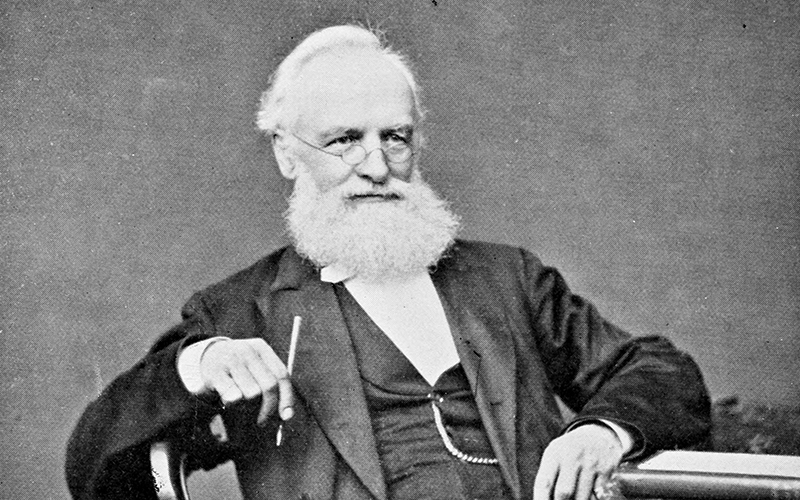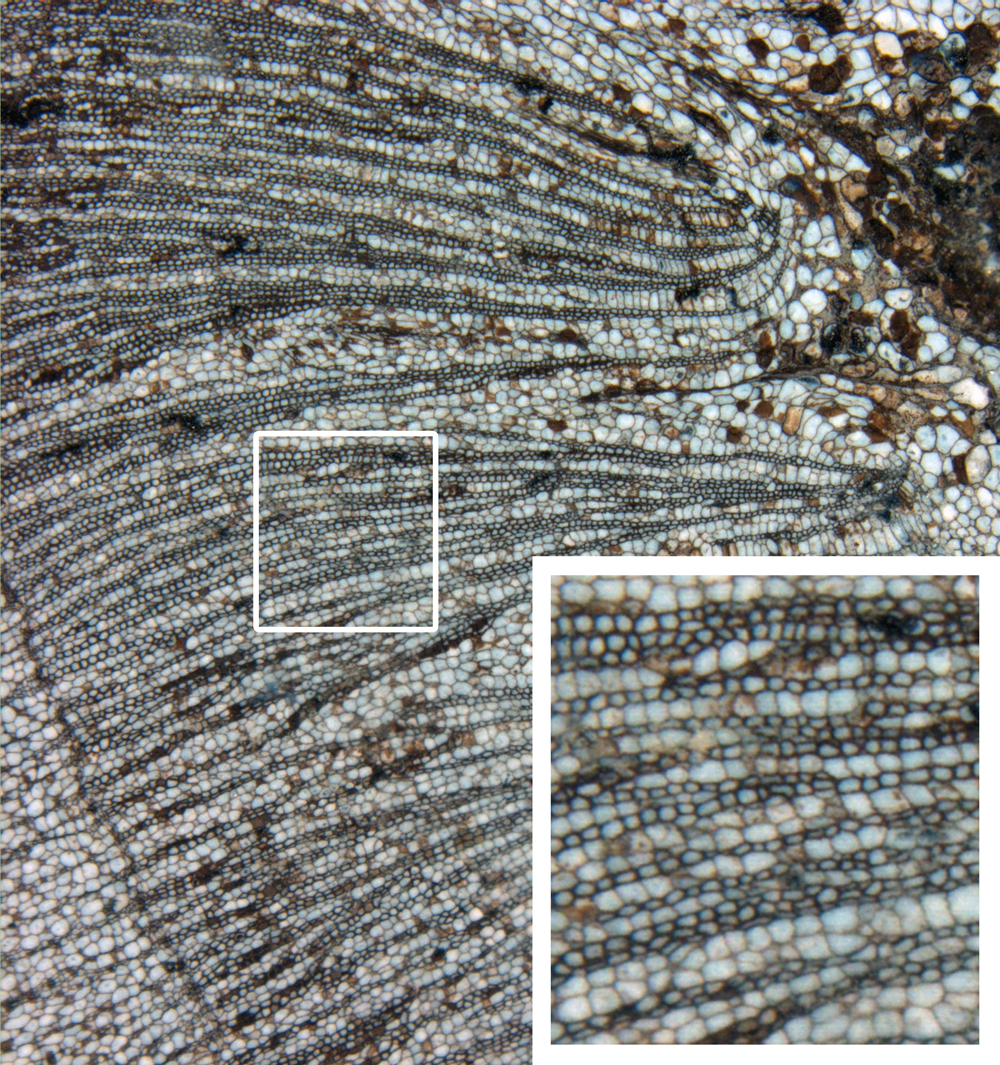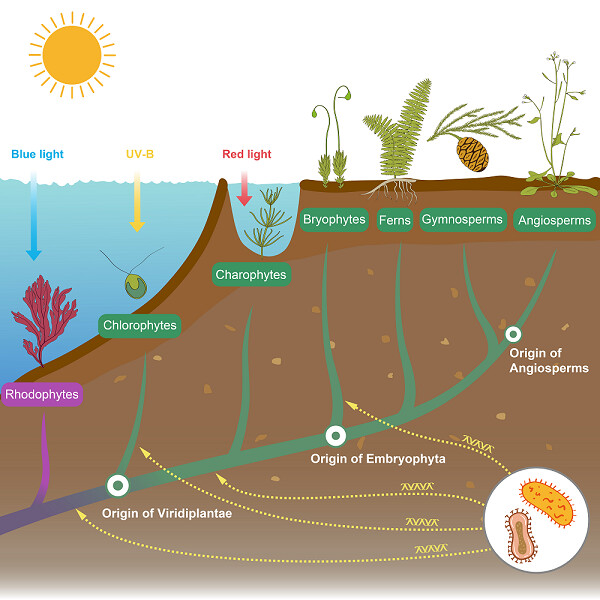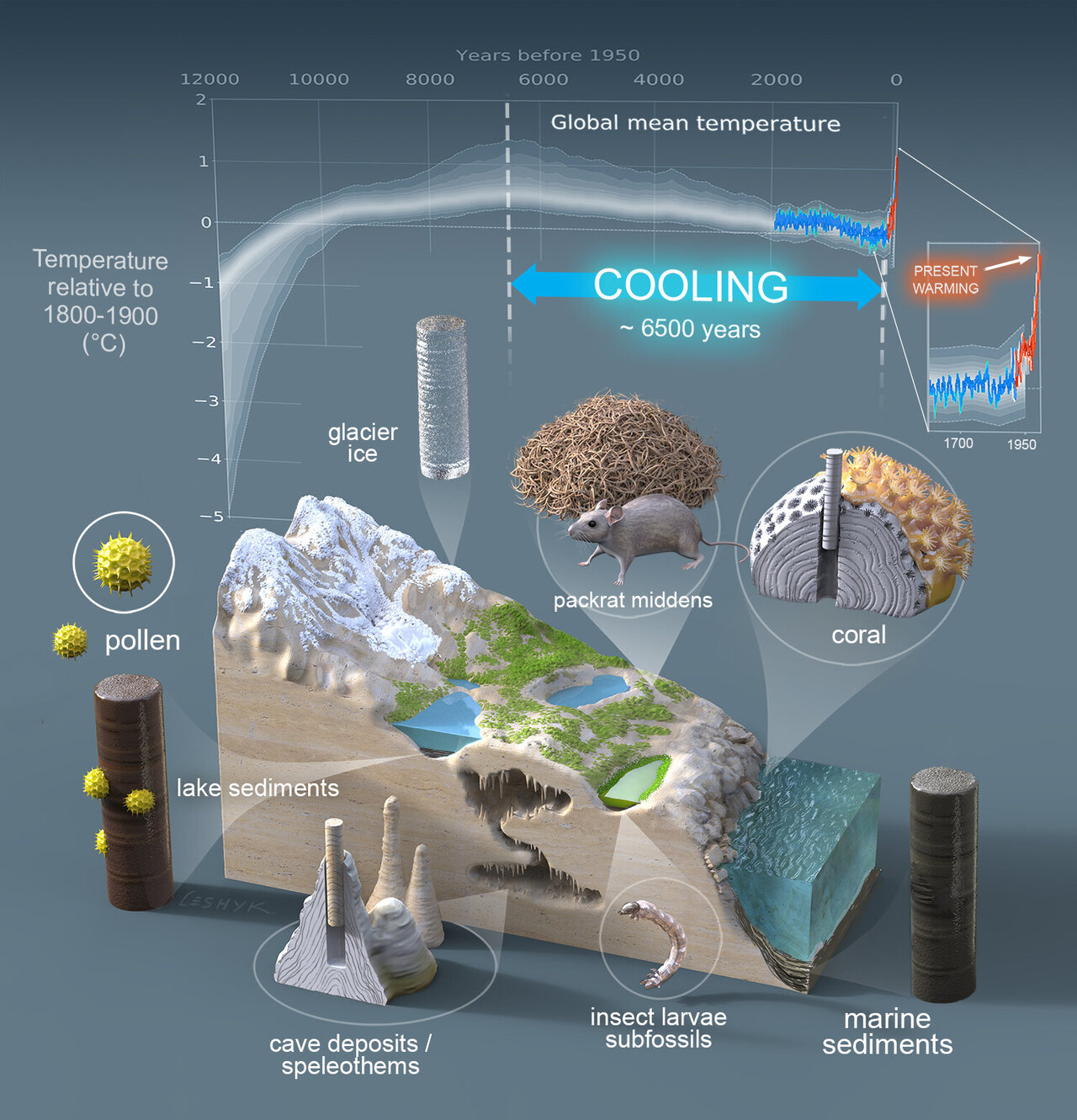Abstract:
Paleo-botany, a captivating scientific discipline, unravels the mysteries of ancient plant life through the study of fossilized remains. By examining plant fossils, paleo-botanists gain valuable insights into past climates, ecosystems, and the evolutionary history of plants. This comprehensive essay aims to provide an in-depth overview of paleo-botany, encompassing its historical background, fossil preservation techniques, paleo-climatology, and the evolutionary trends that have shaped plant diversity over geological time.
History of Paleo-Botany: A Journey through Time
The rich history of paleo-botany dates back to the 17th century when early pioneers, including Robert Hooke and Nehemiah Grew, began exploring fossilized plants. However, it was in the 19th century that paleo-botany flourished as a distinct scientific discipline. Renowned researchers such as Adolphe Brongniart and William Crawford Williamson contributed significantly to its development, paving the way for modern paleo-botanical studies. Recent decades have witnessed remarkable advancements in fossil preservation techniques and the recognition of plant microfossils, propelling the field forward.

Fossil Preservation: Unlocking the Secrets of the Past
The art of fossil preservation holds the key to unlocking the secrets of ancient plants. Various processes contribute to the preservation of plant remains, including petrification, coal formation, amber entrapment, and impressions in sedimentary rocks. Through these mechanisms, organic materials are gradually replaced by minerals, ensuring the long-term preservation of plant structures over millions of years. Understanding the factors influencing fossil preservation is essential for accurately interpreting paleo-botanical data and reconstructing ancient ecosystems.

Paleo-Climatology: A Glimpse into Earth’s Ancient Climate
Paleo-botany serves as a remarkable tool for reconstructing past climates and understanding Earth’s dynamic environmental history. By examining plant fossils and their spatial distribution, researchers can infer vital information about ancient temperature regimes, precipitation patterns, and atmospheric composition. Different plant species exhibit distinct environmental preferences, enabling paleo-botanists to reconstruct paleo-climatic conditions and trace changes throughout geological time. Such insights have profound implications for comprehending climate change dynamics and predicting future scenarios.
Evolutionary Trends in Plants: Unraveling the Tapestry of Plant Diversity
Paleo-botany sheds light on the intricate tapestry of plant evolution. By studying fossil plants spanning different time periods, researchers can trace the development of various plant groups, identify pivotal evolutionary events, and elucidate relationships between different plant lineages. This knowledge contributes to the construction of phylogenetic trees, unraveling the origins and diversification of plant species, and deciphering the underlying mechanisms driving plant evolution. It offers a window into the remarkable adaptations and innovations that have shaped plant diversity over billions of years.

Paleobotanical Techniques: Exploring the Past with Modern Tools
Paleo-botanists employ a diverse range of techniques to study plant fossils, combining traditional methods with cutting-edge technologies. Fieldwork, specimen collection, and identification form the foundation of paleo-botanical research, while laboratory techniques such as microscopy, pollen analysis, and isotopic analysis provide deeper insights into plant structures, reproductive processes, and environmental interactions. Advancements in imaging technology, such as high-resolution CT scanning, have revolutionized the field by enabling non-destructive examination of internal plant structures and facilitating detailed reconstructions of fossilized plants.
Major Paleobotanical Discoveries: Unveiling Earth’s Ancient Secrets
Throughout its existence, paleo-botany has unveiled numerous groundbreaking discoveries, reshaping our understanding of plant evolution and Earth’s history. These remarkable findings include the identification of the first land plants, the rise of seed plants, the evolutionary success of flowering plants (angiosperms), and the intricate co-evolution between plants and their pollinators. Moreover, paleo-botany has revealed evidence of ancient forests, the colonization of land by plants, and the responses of plants to mass extinction events. Each discovery represents a crucial piece in the grand puzzle of life’s past, contributing to our knowledge of the natural world.
Conclusion:
Paleo-botany serves as a gateway to the ancient world of plants, offering profound insights into Earth’s past climates, ecosystems, and the fascinating evolutionary history of plant life. Through the study of plant fossils and their environmental context, paleo-botanists unravel the intricate web connecting plants, their habitats, and the forces that have shaped their diversity. With ongoing technological advancements and interdisciplinary collaborations, the field of paleo-botany continues to illuminate the pages of Earth’s ancient botanical history, offering a glimpse into the wonders of our planet’s past.
References :
- Paleontology. (n.d.). https://education.nationalgeographic.org/resource/paleontology-collection/
- Focus: Fossil Plants – History – Field Museum. (n.d.). https://www.fieldmuseum.org/science/research/area/focus-fossil-plants/focus-fossil-plants-history
- Graham, A. M. (2006). Paleobotany. In Kluwer Academic Publishers eBooks (pp. 526–530). https://doi.org/10.1007/3-540-31078-9_95
- KU Paleobotany Collections. (n.d.). KU Biodiversity Institute and Natural History Museum. https://biodiversity.ku.edu/paleobotany/collections
Image Courtesies :
Featured Image : http://bitly.ws/LBJx
Content Image 1: http://bitly.ws/LBIm
Content Image 2 : http://bitly.ws/LBIb
Content Image 3 : http://bitly.ws/LBIA
Content Image 4 : http://bitly.ws/LBIU


